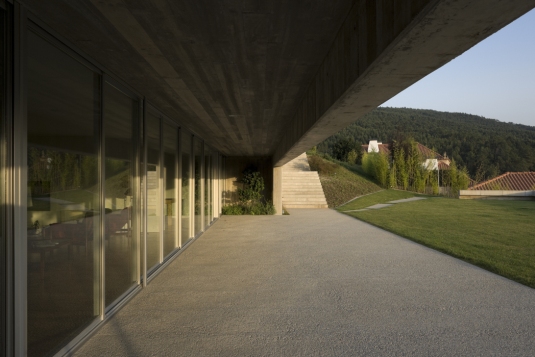
I enjoyed writing about Manuel Herz’s Tambacounda Hospital for Metropolis magazine’s August issue. The full article can be read online here, and an excerpt of the text can be found below:
“After bringing the first concept back to Tambacounda, Manuel Herz recalls hours of transformative discussions with detailed feedback from local authorities and hospital staff—from the director, Dr. Thérèse-Aida Ndiaye, to the doctors, midwives, and janitors—which helped round out the final design. Construction was conducted in close collaboration with local doctor and contractor Dr. Magueye Ba, who supervised the process, including the brickwork: Workers produced 50,000 bricks for the project, 100 per day, over 500 days, which follow the local typology of hollow bricks. The hospital expects to start receiving patients this summer.
Herz is now working on an additional project in the hospital complex for staff accommodation, allowing visiting doctors from the capital city of Dakar to extend their stays and bring their families. In the meantime, the signature brick pattern has taken on a life of its own, with Magueye Ba using it for other buildings in the surroundings. In this dynamic, Herz’s project begins to exist as part of a network—of stakeholders who become coauthors in the intervention, and of buildings themselves, as his extension touches upon existing structures and conditions new ones. “The project becomes not only an architectural intervention but a territorial intervention,” Herz says, noting the project’s economic impact in the area. “This kind of coherence is incredibly important to make sure the building really is accepted by the population.”“


